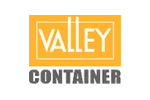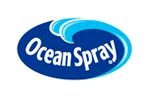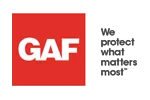WEBINAR: Enhance Enterprise-Wide Lot Traceability with ProFicient and EIS
Food and Beverage SPC, WMS, and MES Software
Built for Food and Bev. Built for You.
- Significantly reduce the time and costs of recalls with transparent track-and-trace lot genealogy solutions.
- Gain real-time visibility across multiple plants and facilities to prioritize improvements and reduce costs.
- Meet strict regulatory requirements by creating custom labels and digitally scanning all inventory at receipt.
- Drive process improvements and product quality with actionable, real-time data and tools.

ParityFactory
The Food & Bev. Industry’s #1 WMS and MES
ParityFactory simplifies materials control in food production plants—increasing the efficiency of shop floor workers, reducing errors, and giving managers the accurate inventory reports and lot tracing they need.
Enact
Top Rated SPC Software
Enact captures and centralizes critical production data, enabling manufacturers to optimize performance, improve process capability, enhance productivity, and make smarter decisions.
Key Resources
Whether you are looking to minimize risk, improve product quality, increase visibility, drive operational efficiency, or all the above, our resources can help you find the right solutions for your needs.
Industry Insights
Whitepaper: Unlock the Secrets to Food Safety and Traceability
Whitepaper: Quality Re-Imagined
Whitepaper: The Importance of Digital Lot Tracing for Food and Beverage Manufacturers

e-Book
Achieve your supply chain goals in the food & beverage industry with Advantive
What to Expect
- Free 20-minute call with a product expert
- Live demo tailored to your industry requirements
- Discover what products best fit your needs
- No games, gimmicks, or high-pressure sales pitch
Turn Data into Your Superpower with Enact’s Aggregated Dashboards
Actionable intelligence is the ultimate superpower for quality leaders. Imagine having the ability to see performance at a glance, pinpoint opportunities for improvement, and drive faster, smarter decisions across your operations—all from a single dashboard. That’s what Enact’s Aggregated Dashboards deliver. In this 30-minute webinar, we’ll show you how to: Gain instant clarity on your … Continued
Unlock the Secrets to Food Safety and Traceability
Discover the essential tools for food safety and traceability with our comprehensive whitepaper, FSMA Best Practices: 7 Practical Food Safety Prevention and Traceability Tools. This invaluable resource provides best practices and practical tools to help you navigate the complexities of food safety regulations and ensure the highest standards of quality and compliance. This whitepaper offers … Continued









